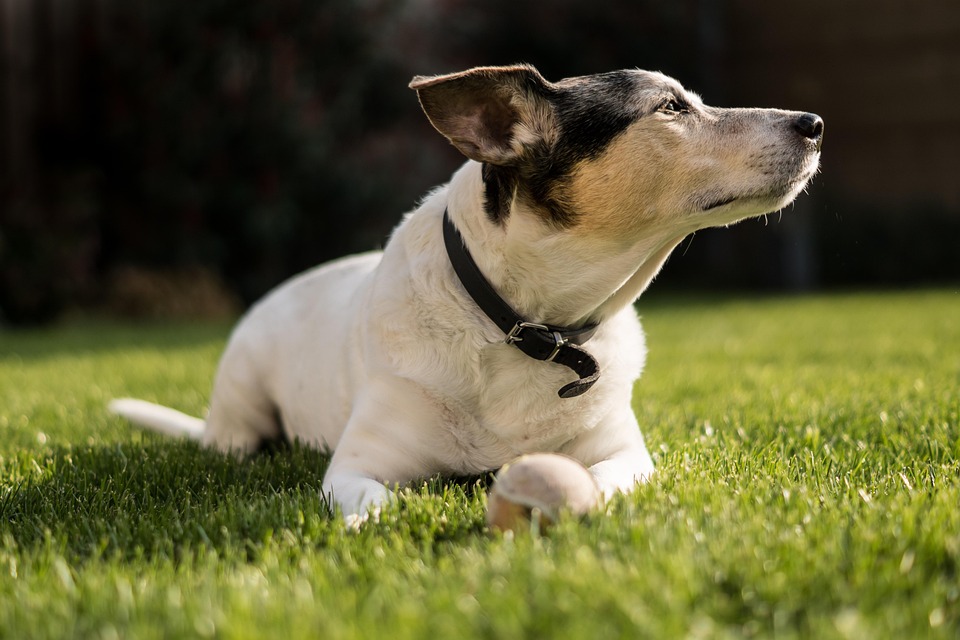Choosing the right dog training collar can feel overwhelming, but it doesn’t have to be. Your furry friend deserves the best, and selecting the right collar is a critical step in building a strong bond between you and your dog. Let’s dive into the essential tips that will guide you through this important decision.
Contents
Understanding Dog Training Collars
A dog training collar is more than just an accessory; it’s a tool to help you communicate effectively with your pet. Understanding how these collars work and what different types are available can make all the difference in your training journey. When used correctly, they can enhance your dog’s behavior, making your life easier and your dog happier.
The right collar can help with various training issues, from basic commands to more complex behavioral problems. With the right knowledge, you can choose a collar that complements your training style and meets your dog’s specific needs.
1. Know Your Dog’s Size and Breed
When selecting a dog training collar, the first step is to consider your dog’s size and breed. Different breeds have unique characteristics and temperaments, and a collar that works for one may not be suitable for another.
- Small Breeds: Look for lightweight collars that won’t weigh them down.
- Medium Breeds: Adjustable collars with the right fit are essential for comfort and effectiveness.
- Large Breeds: Sturdier collars that can handle strength and energy are crucial.
Always measure your dog’s neck before making a purchase. A collar that’s too loose can slip off, while one that’s too tight can cause injury.
2. Choose the Right Type of Collar
Understanding the various types of dog training collars on the market can help you make an informed decision.
Martingale Collars
These collars offer a gentle way to prevent dogs from slipping out. They tighten slightly when pulled but are safe and comfortable when used correctly.
Prong Collars
Prong collars are often misunderstood. They can be effective for strong pullers but should be used under professional guidance to avoid misuse.
Electronic Collars
These collars can deliver a mild shock, beep, or vibration. They’re often used for remote training and can be effective when used responsibly. Always choose a collar with adjustable settings, so you can tailor the stimulation to your dog’s sensitivity.
Flat Collars
Flat collars are perfect for everyday use and ID tags. However, they aren’t suitable for training on their own.
3. Consult with a Professional
Before diving into the world of dog training collars, consulting a professional trainer can provide valuable insights. They can evaluate your dog’s behavior and recommend suitable training methods and tools.
Professional trainers often have experience with various collars and can guide you on the appropriate use. Websites like the American Kennel Club are excellent resources for finding certified trainers in your area.
4. Consider Your Training Goals
What are you hoping to achieve with your dog? Whether it’s basic obedience or addressing specific behavioral issues, your training goals will significantly influence your collar choice.
- Basic Commands: A standard flat collar or a martingale collar may suffice.
- Behavioral Issues: You may need a prong or electronic collar, but ensure you have the right knowledge to use them properly.
Establishing clear training goals will help you select a collar that aligns with your desired outcomes.
5. Safety First: Check for Quality
The quality of a dog training collar matters. You want something that’s not only effective but also safe for your dog. Look for collars made from durable materials that can withstand wear and tear.
Features to Look For:
- Breakaway Buckles: These can release under pressure, preventing choking.
- Reflective Strips: Useful for nighttime walks to keep your dog visible.
- Adjustability: Ensure the collar can grow with your dog or adapt to fit securely.
Safety should always come first. A well-made collar can prevent accidents and enhance training effectiveness.
6. Read Reviews and Do Your Research
Before making a purchase, reading reviews can provide you with real-world insights from other dog owners. Look for products that have been tested and reviewed positively. Websites like Consumer Reports can provide comprehensive reviews on various collars.
Pay attention to feedback regarding:
- Effectiveness: Does it work as advertised?
- Durability: How long does it last?
- Comfort: Do dogs seem comfortable wearing it?
Your research can help you avoid products that may not meet your needs.
7. Training is a Partnership
Remember, a dog training collar is just one tool in your training toolkit. The real magic happens when you combine the collar with patience, consistency, and love. Training should be a positive experience for both you and your dog.
Be prepared to invest time and effort into training sessions. Use the collar as a means of communication, not as a punishment. Positive reinforcement is key. Celebrate small victories and maintain a loving environment that encourages growth.
Bottom Line
Choosing the right dog training collar is crucial for effective training and building a trusting relationship with your furry friend. Keep in mind your dog’s size, breed, and training goals. Consult professionals, focus on quality, and always prioritize safety.
You have the power to shape your dog’s behavior positively. Embrace the journey, and you’ll both reap the rewards.
FAQ
Q: How do I know if my dog needs a training collar?
A: If your dog struggles with basic commands or exhibits behavioral issues, a training collar may help. Consult a professional for guidance.
Q: Can I use a training collar on a puppy?
A: Yes, but it’s essential to choose a collar designed for puppies and consult a trainer to ensure proper use.
Q: How long can my dog wear a training collar?
A: Ideally, training collars should only be worn during training sessions and removed afterward to prevent discomfort.
Invest the time to find the right collar, and watch your dog thrive!








